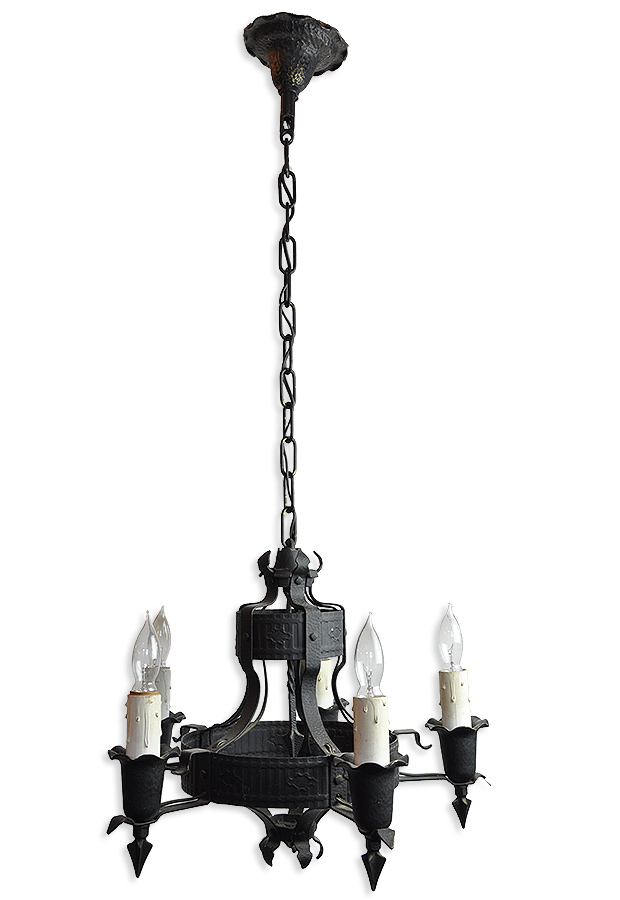ARCHITECTURAL ANTIQUES
antique & vintage lighting, stained, leaded & prairie glass windows
wood mantles, stone mantles, doors, entryways, original hardware
hand wrought iron work, terra-cotta, carved stone, antique garden elements
vintage plumbing, antique religious elements, ecclesiastical artifacts
plus an ever changing inventory of just cool & funky decorative items!
building deconstruction, salvage and re-purposing of antique architectural elements.












